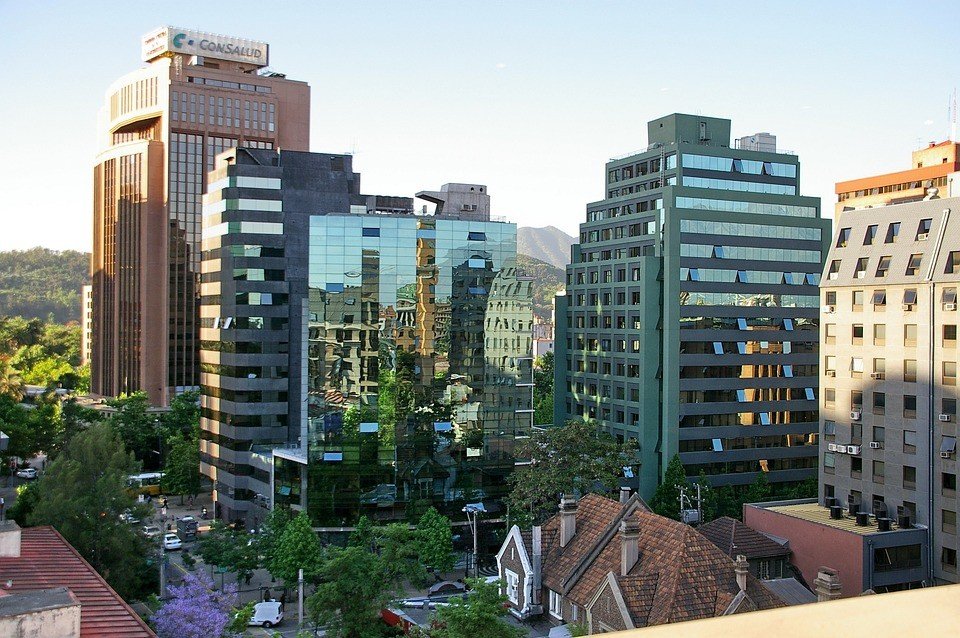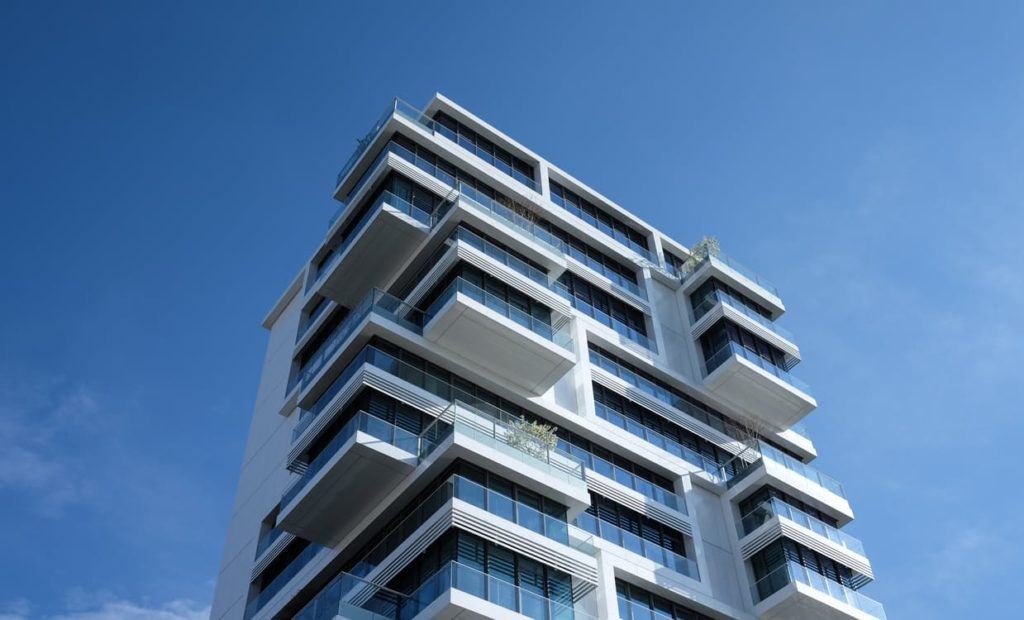Business
How energy efficiency solutions affect the value of real estate
The value of your property depends on it, and that’s the only thing that matter, never mind if you live there for the rest of your life, or you have to sell it in five years: the closer your property is to net-zero the better your energy investment will pay off.

Forget politics, for building owners it’s always down to the economics of retrofitting, and very few do it right. Life-cycle budgeting and proper make-or-buy decisions need to be modeled with standard capital budgeting practices in order to add value to buildings – time to go back to finance 101. The technology-focused incentive systems we have today tempt building owners to decide on retrofitting incrementally, driven by payback calculations and fall into the trap of diminishing returns and capital destruction, due to lots of sunk costs incurred over time.
OK, it’s a deal, we’ve got a new President and he does not believe in climate change. Contradictorily, he is creating the appearance of providing an incubator for a Democratic crack-baby in the form of Tesla, an enterprise that makes no ostensible sense without copious subsidies, nor does it seem to risk outgrowing its intravenous infusion of subsidies by becoming profitable anytime soon. If electric cars had to pay road taxes (ludicrous mode does wear out tires and road surfaces!), there would be no reason for them, and from an environmental standpoint the idea of electric cars remains highly suspect because of the high amount of embedded entropy (batteries), and simply the displacement of pollution from the tailpipe to the smokestack. The life-cycle analysis suggests that the difference in carbon footprint is negligibly small anyway when compared to equivalent gasoline models.
Unfortunately, the same applies to a lot of rooftop Solar PV (SPV), which is not a high NPV investment for most property owners and in many cases even has a negative NPV, if the analysis is properly done on a life-cycle basis. Most certainly in the Northern tier of the USA, where heating and hot water dominate energy budgets, and generally involve oil or gas, promoting SPV is like majoring in a minor: saving 10-20% on 30% of your electricity spending amounts to 3-6% of your annual bill, and for that, it’s not worth taking on a 20-year liability and have ugly panels on your roof.
Is deconstructing the subsidy regime next?
It is hard to tell what this administration may do exactly, but certainly, even if mitigating climate change were the objective, the way we’ve been doing it almost guarantees failure anyway, so you can’t possibly make it much worse. Besides, what the federal government does is somewhat irrelevant in the end if the states decide to go their own way, which is ready to happen. Even a US president has limited ability to alter economics, and the facts are that solar and wind, as well as heat pumps, are simply cheaper options today, and that trend is not reversible, so while the new administration can change direction somewhat, that is really a side show. Even CHP (combined heat and power) enabled by cheap natural gas, can produce major GHG-reductions, and even more with an assist from diligent exploitation of every efficiency known to man. Retrofits should start with 30-50% or more reductions from efficiency in most cases before the on-site generation is attempted.

Life-cycle budgeting and proper make-or-buy decisions need to be modeled with standard capital budgeting practices in order to add value to buildings. (Source)
The single biggest problem is not technology, but is the economics of buildings, for buildings are the largest single source of greenhouse gas emissions, and, without incentives to distort the economics (this is a thought experiment, really), pure economics should drive the decisions, meaning that if it’s cheaper to operate, renewable solutions will win out over time. The reason that the incentives on individual technologies are so bad is that it encourages a silver-bullet type approach and incremental decision-making, and often times this is done based on the payback of equipment. However, payback is hardly ever a valid measure because of the nature of buildings as a total energy system.
Payback is misleading because in most cases there are consequences to certain equipment choices. Very few things in a building can stand on their own, or are completely independent of other decisions. Making decisions by payback alone, therefore, assumes that all else stays the same, and does not examine if there are alternatives for the building energy provisioning, and specifically if one of these alternative solutions is possibly more economically attractive than what you are doing today. Therefore, what you need first is a long-term plan, a life-cycle capital budget, lest you are locking yourself out of certain paths. An obvious example of this problem these days is Solar PV, it is often a bad decision, particularly if you do not have a lot of roof space, like in an apartment building. One of my favorite examples of this type of insanity is rental buildings I see with Solar PV on the roof, which apparently serves to supply the electricity for the common areas. But, it is still true that solar thermal generates four to five times the amount of energy per square area, while hot water is often 30-50% of the total energy spending in such buildings, while electricity is often less than 5%. In short, the manager who made this decision may be “saving” 10-20% on their electric bill, or 0.5-1.0% of their total energy budget, while instead, they could have easily eliminated 80% or more of their fuel used for hot water by installing a simple solar hot water system. He would have extended the service life of his boiler in the process. Many similar examples can be found.
Don’t trust payback, use a capital budget instead
In short, the government is not responsible for the value of your property, you are, and smart decisions about energy make all the difference in the world, energy being the biggest operating cost that you can actively do something about. The hard part is building the investment case. The base case is always to just repair and replace what you have, but the alternatives are plentiful, in likely order of priority: solar thermal, heat pumps (ground source, water source, or air source), and in all cases you want to max out on insulation, weatherstripping, power conditioning, radiant barrier for your windows, and other efficiency measures. If there are physical space and budget left over, you can use solar PV or wind for electricity. The bottom line always remains the old adage of first figuring out the economics, for finance, subsidies and incentives can never make a bad project good. They can only make a good project better. The value of your property depends on it, and that’s the only thing that matter, never mind if you live there for the rest of your life, or you have to sell it in five years: the closer your property is to net-zero the better your energy investment will pay off.
—
DISCLAIMER: This article expresses my own ideas and opinions. Any information I have shared are from sources that I believe to be reliable and accurate. I did not receive any financial compensation in writing this post, nor do I own any shares in any company I’ve mentioned. I encourage any reader to do their own diligent research first before making any investment decisions.

-

 Markets3 days ago
Markets3 days agoSugar Markets Cautious Amid Surplus Outlook and Steady Demand
-

 Crypto2 weeks ago
Crypto2 weeks agoHyperliquid Proposes Burning $1B in HYPE to Make Supply Deflationary
-

 Crypto1 week ago
Crypto1 week agoRipple in 2025: Legal Victory, RLUSD Growth, and XRP’s Uncertain Future
-

 Crowdfunding3 days ago
Crowdfunding3 days agoCrowdfunding Grants Open for Business Projects Until January 2026


























You must be logged in to post a comment Login